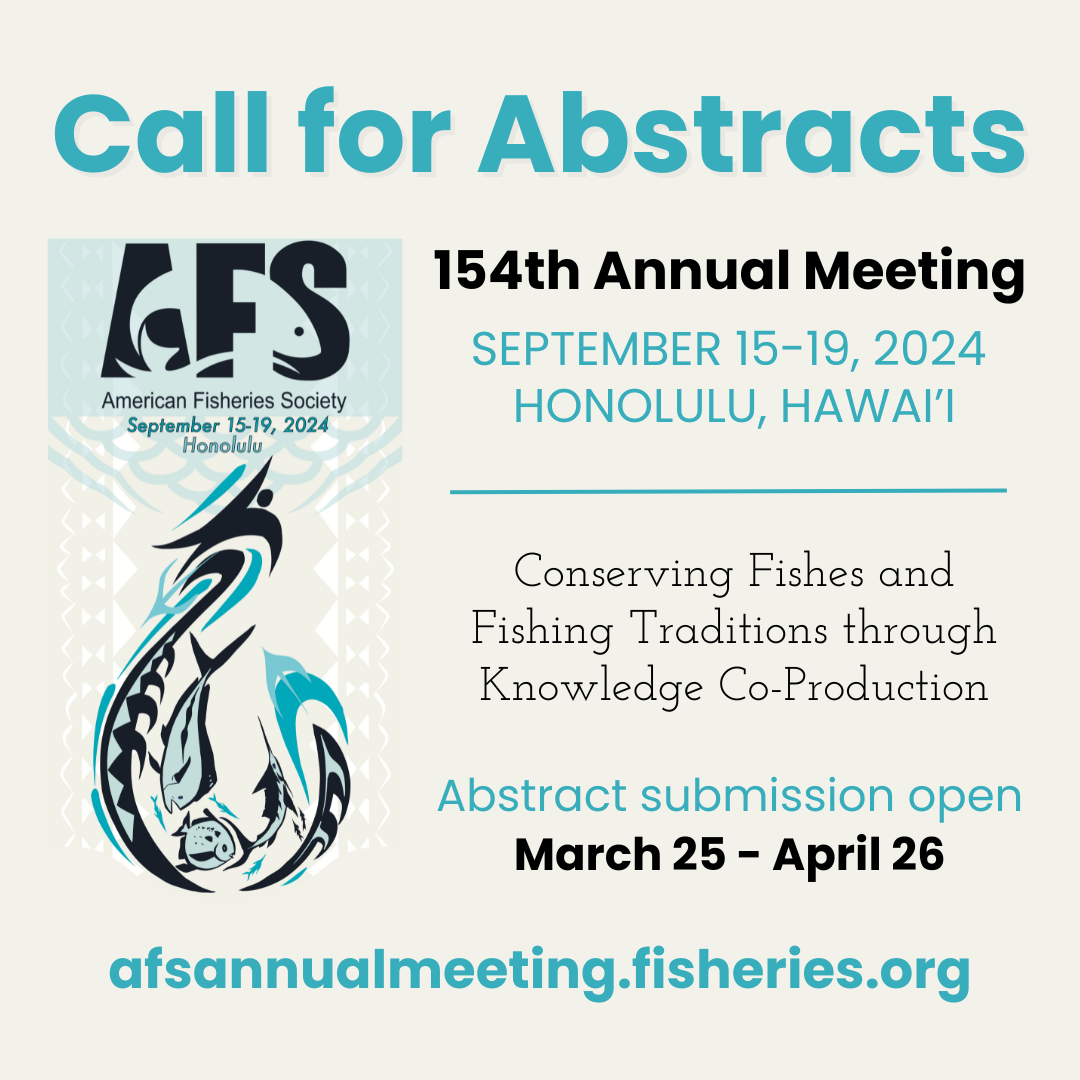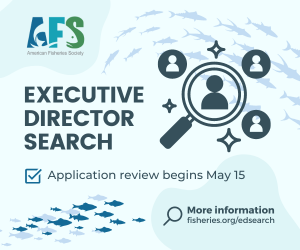President Trump’s 2019 budget proposes to slash funding for the Cooperative Fish and Wildlife Research Unit Program (CRU), which would eliminate 40 units in 38 states that are highly valued by fish and wildlife professionals. Be the voice for fish! Call your members of Congress today and tell them that you support the work of the Cooperative Wildlife Units and ask them to restore funding to the program.
If enacted, the $17.5 million budget elimination proposal would terminate 791 existing research projects and eliminate 139 federal research employees, resulting in obvious completion challenges for 545 current graduate students. The loss of this critically important research and graduate training program would be a direct and significant loss to our nation’s ability to effectively manage its natural resources.
In response to the proposed budget cuts, AFS sent letters to House and Senate Appropriators urging them to maintain the program and allocate $23.9 million for fiscal year 2019.
A diverse group of conservation and science partners, including AFS, the Association of Fish and Wildlife Agencies (AFWA), The Wildlife Society (TWS), The Wildlife Management Institute (WMI), among others, are working together as the National Cooperators Coalition (NCC) to inform members of Congress and the Trump Administration about the value of the CRU program and to ensure that the CRUs continue to receive adequate funding to conserve our nation’s fish and wildlife populations.
Late last year, AFS joined with NCC partners on a letter recommending an important and much-needed increase in CRU funding to fill critical program gaps. “Full funding and recognition of the value of the CRU program should be a part of each AFS chapter’s efforts to convey the importance of our nation’s fisheries to our elected officials,” said AFS Executive Director Doug Austen.
Legendary conservation leader J.R. “Ding” Darling created the CRU program in 1935 to ensure conservation problems could be practically and scientifically solved, and the workforce had trained practitioners on hand to solve them. Collaborative work conducted by CRUs provides critical science support to state and federal management agencies which, in turn, helps sustain fish and wildlife research, as well as the outdoor recreation needs of the public. [In 2016, the outdoor recreation industry accounted for $887 billion dollars in expenditures and 7.6 million jobs.] The CRU program originated in the U.S. Department of Agriculture in the mid-1930s and was moved to the U.S. Geological Survey (USGS), via the Department of the Interior, in the mid-1990s.
One of the greatest strengths of the Coop Research Unit (CRU) program, as related in Cooperator reports, is the business model and the way the contributions of each cooperator are leveraged to achieve results far beyond just the sum of the contributions. One of the main pillars of the CRU mission is to conduct research to provide applied science solutions to the management needs of cooperators. Base funding from the state agencies is leveraged by the other cooperators to ensure state agencies have ‘local’ access to state-of-the-art research capabilities and facilities to help meet their contemporary research needs and have a continuous output of highly qualified graduate students for subsequent employment.
According to Craig Bonds of Texas Parks and Wildlife Department (TPWD): “A unique and important value of the CRU to TPWD is its ability to address very specific, short-term information needs while also conducting long-term state-of-the-art research on complex, longer-term questions. Because of affiliations with establish natural resource experts and disciplines at other major institutions, common issues can be addressed at landscape scales most efficiently. Losing the functionality of the CRU would significantly reduce TPWD’s capacity for delivering applied research and conservation projects on the ground.”
AFS letters in support of USGS CRU program:
U.S. House of Representatives
U.S. Senate





